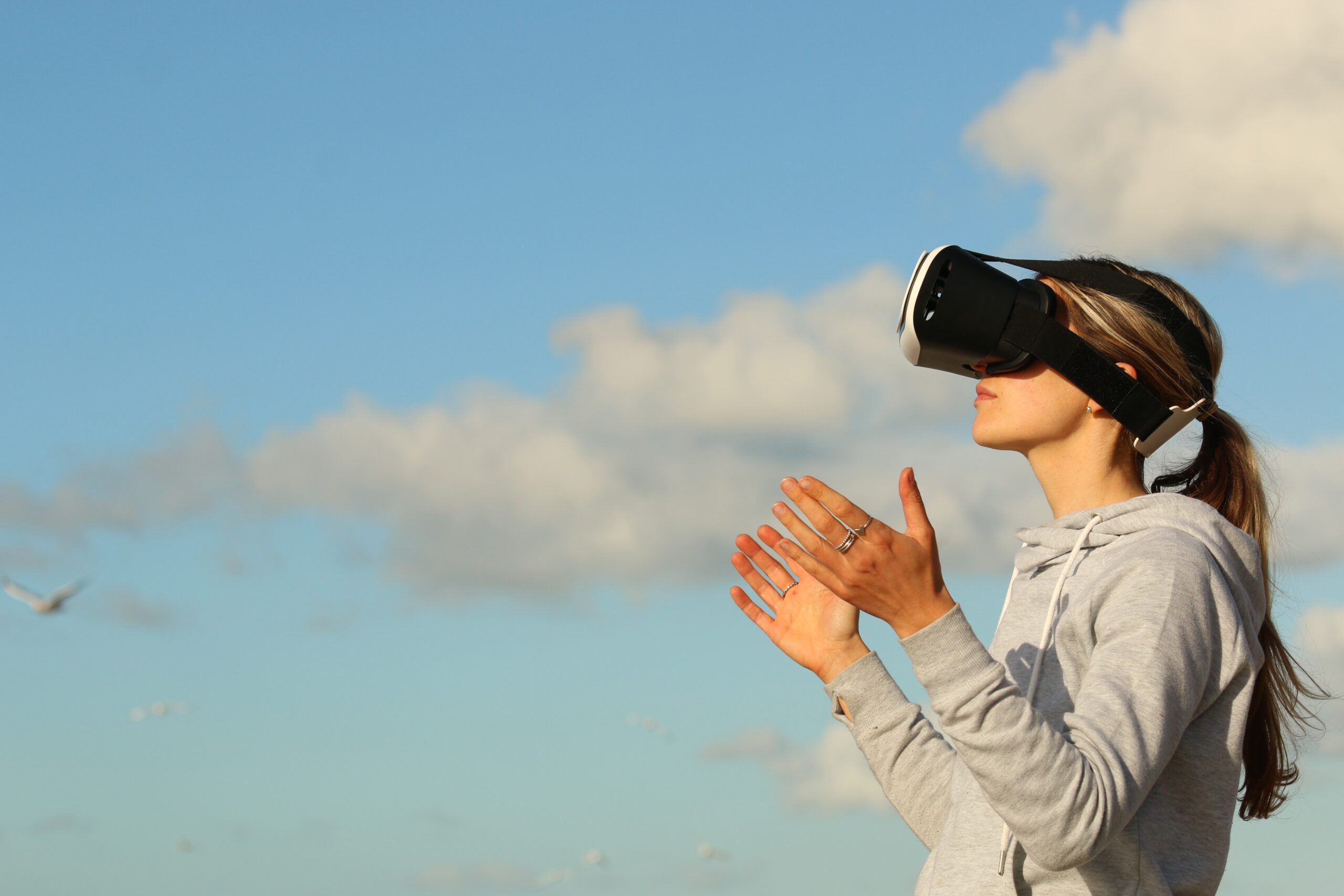Modern-day technology is indeed a sight to behold – developing by miles every day and taking great strides that were previously thought to be impossible. It is evident that the development of the world has been so immense and fast-paced that it is often hard to keep up with the current trends, shifting from one technological variation to another as soon as a new and innovative idea is released. However, this is not to say that a quick turnover and development of technical models are disadvantageous, especially when these vast improvements are the key to the level of convenience that we experience today.
A fruit of the exquisite improvement in this field is the production of virtual and augmented reality – two means of creating an artificially generated environment that could simulate specific actions and occurrences. Although the technology is still far from emulating a realistic experience, albeit some could be construed as close enough, the development of this method is indicative of the shift of focus to the virtual world – providing humans with more avenues to create theoretical figures and simulations that could be utilized to improve real-world structures and activities. Even if these virtual means would remain as is – virtual – it is clear that the line between the two worlds is starting to meld together, and it is not long before the integration of the two comes to fruition.
What is Virtual Reality (VR)?
Virtual reality generates virtual structures and computer-generated models by utilizing only such – depending solely on the coded data to create a completely virtual world that could either simulate real-world applications or create a world where everything is possible with the help of a simple code. It is an entirely immersive experience that utilizes a set of goggles, headsets, sensors, and gloves to create an input-output process that simulates an authentic experience.
What is Augmented Reality (AR?)
On the one hand, augmented reality is the attempt to fuse the real and virtual world by utilizing real-world structures and surfaces to generate virtual characters and elements that could interact with the previous factors. It is commonly done by projecting images into the feed provided by the camera, allowing the melding of the two worlds with the help of even just a smartphone.
The Distinction Between the Two
The critical distinction between the two realities is perhaps how their elements are generated – one that integrates its elements with the user’s real-life experience. At the same time, the other relies on a string of codes to generate a completely different world from the real one entirely. In a sense, AR enhances the natural world and the virtual world, while VR only highlights the features of the virtual world, with the former requiring something as simple as a phone and the latter requiring a set of sensory equipment that could relay the experiences of that virtual world to the user.

